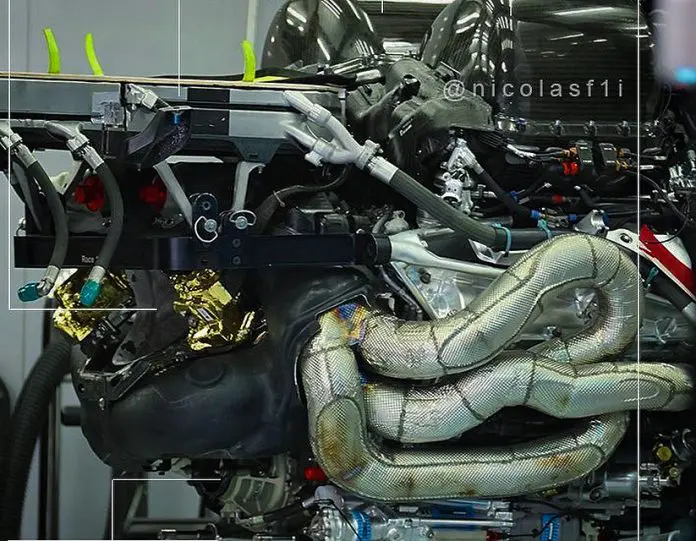The clash between Red Bull and Mercedes has finally returned to its natural habitat: the track. After the debates on Flexi-wings (link), on the pressures of the rear tyres, on the ultra-flexibility of the front wings and on the rediscovered horsepower of the Honda PU introduced at Paul Ricard, F1 is ready for a new phase of raging accusations, suspicions and, probably, investigations by the commissioners who were seemingly alerted by the men of Milton Keynes.
What is going to happen? Simple, the Mercedes V6 has entered the rivals’ sights from Silverstone onwards. Previously, it was the Honda PU, that Brixworth followed closely owing to the performance leap made with the second specification introduced in France. Wolff, Hamilton and other representatives of the Mercedes world pointed out that the Red Bulls had suddenly found an anomalous top speed.
However, such debates did not go anywhere. The FIA did not detect any anomalies and the world championship was able to continue normally. But perhaps this is precisely the reason why Mercedes has imposed a decisive improvement on the performance of their engine. But how were they able to do it in a year in which the components are already homologated? Simple, by increasing the power available, having understood that there would be no problems in terms of reliability.

First of all, what “faults” are the Mercedes engineers accused of? In fact, Red Bull noticed that the W12, starting from the British Grand Prix, significantly improved performance-wise in the acceleration phases. From that moment, therefore, the balance of power reversed: on the straights the RB16B was no longer the car to beat, as in the first part of the F1 world championship.
From these observations, according to the German press, a letter of clarification with destination Place de la Concorde would be ready for the FIA to investigate this dynamic. Previously, in Mercedes, they had been concerned to deny that the evident increase in performance had correlations with the engine and that it essentially depended on aerodynamic reasons. Mercedes explained that it started using different wing settings, pointing out that the PU has been delivering the same power since the start of the season. The facts, however, say something else.
It is necessary to take a few steps back and go back to the winter break, in order to understand which characteristics of the Mercedes engine are now being exploited to allow the progression out on corner exits that was clearly noticed in Hungary. The 2021 power unit of the Black Arrows has undergone a major revamp on the conformation of the Plenum Camera (blue arrows), that area in which the pressure wave collides inside the manifold following the closure of the intake valve and which subsequently bounces back towards the combustion chamber.
This phenomenon helps the intake system to introduce more air, which enriches the blend by generating a supercharging effect. In the intentions of the technicians led by Hywel Thomas, the new Plenum Camera of the German power unit was to be the expedient that would guarantee greater efficiency to the engine.
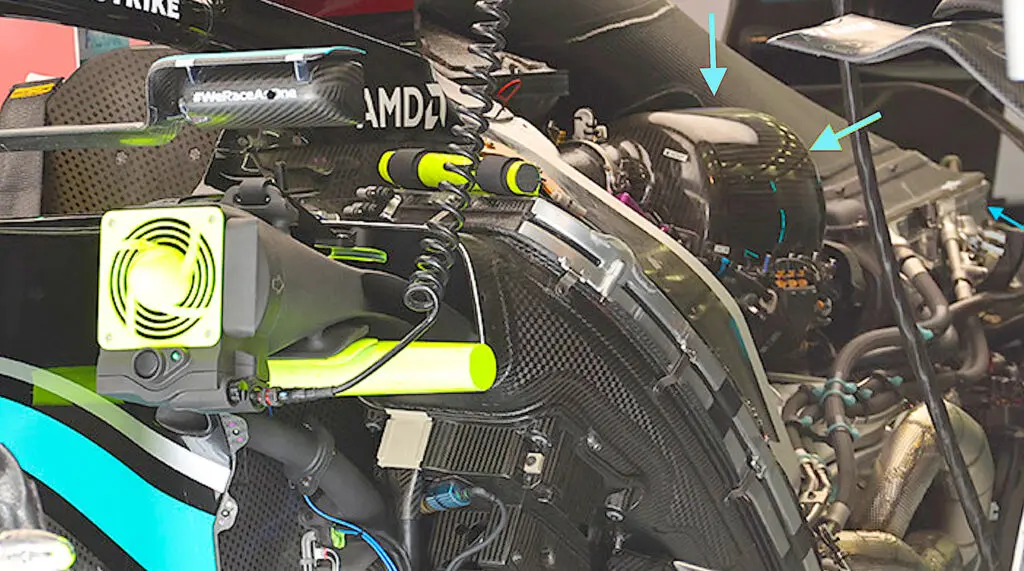
Red Bull’s accusation (although it’s not yet confirmed) could be based on the temperature of the air entering the combustion chamber regulated by the F1 technical regulations. The temperature detected between the intercooler and the Plenum Camera cannot go below 10 ° C with respect to that of the atmosphere.
Mercedes AMG F1, on the other hand, could cool the Plenum in certain phases to have more power available. Done jointly allowed with the cars stationary, when we observe the mechanics apply dry ice near the air intakes of the Power Unit. The situation is different during qualifying or during the race, since the regulation prohibits refrigerating the air that enters the manifold of the power unit.
In Red Bull, someone has subtly raised the suspicion that Brackely’s team is taking advantage of a gray area of the regulations, in an unclear way, to lower this temperature to obtain a decidedly more effective and performing air-petrol mixture.
Why have suspicions of Red Bull increased over the last few races? Essentially, because Mercedes has started to use stronger mappings, as we discovered by analyzing Lewis Hamilton’s on board relating to the Hungarian GP. During the first stint of the race, when the car n.44 had to recover from the last position in which it ended due to the error of judgment of the strategists, Peter Bonnington gives some very interesting indications: he suggests HPP-7, a stronger mapping on the hybrid, to add “more performance“.
On the pit wall, in that phase of the race, they still believed that victory was a realistic target. In fact, there will be another indication on the power unit setting. Bono, in fact, ordered to set the endothermic on STRAT 4 (read all the English technical details here), a very aggressive setting of the endothermic. The command was repeated immediately after the second stop, when Lewis needed more power to close the gap with the cars he had in front of him and that prevented him from stepping on the podium.
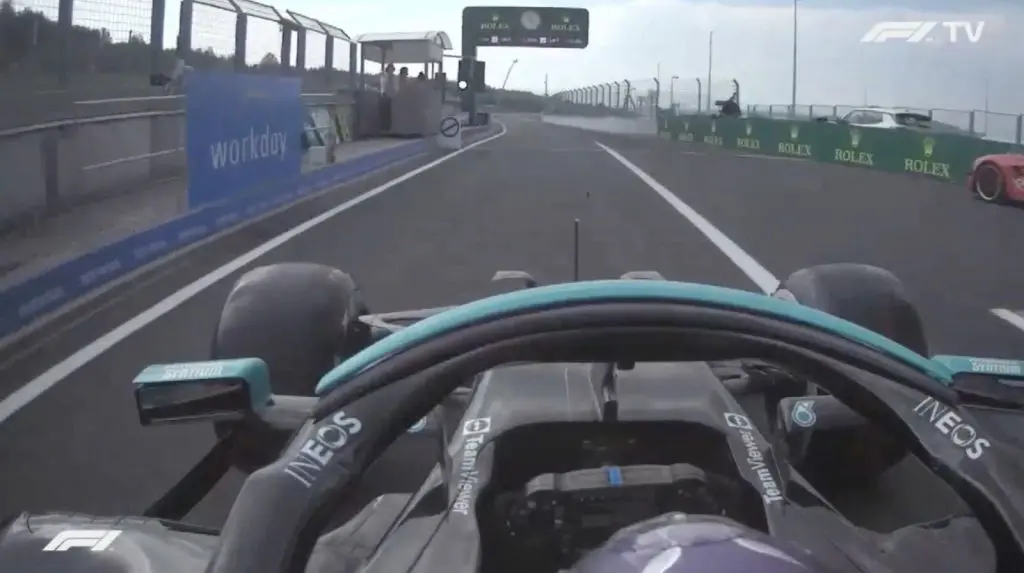
Where is the news? By constantly analyzing the on board of Brackley’s cars, it emerged that the most aggressive mapping of the endothermic component used during all the races so far was STRAT 5. This setting was used in F1 from the Bahrain GP to the British GP.
In Hungary, for the first time, Mercedes was able to count on extra power in at least three key moments of the race: in the final phase of the first stint, out of the pits after the second stop and in the hot moments of the duel with Fernando Alonso. This proves that Mercedes’ powertrain now is endowed with more power than in previous races.
If what has been reported above has been noticed by us of FUnoAnalisiTecnica, it surely can’t be unseen by their rivals. In short, the use of the STRAT 4 mapping combined with the increase in the progression of the W12 at the exit of the slow corners, made the engineers led by Toyoharu Tanabe extremely suspicious.
At this point, what could possibly happen? The question is simple from a logical point of view: if the Brixworth engineers have found a way to bypass the temperature control sensor, the Federation could actually move it elsewhere. Or even introduce a further T-shaped one, positioning it between the Plenum Camera and the intercooler, so as to record a possible temperature drop. This could prove the alleged power advantage. The FIA, therefore, could go and check whether the Mercedes engine is somehow violating the regulations.
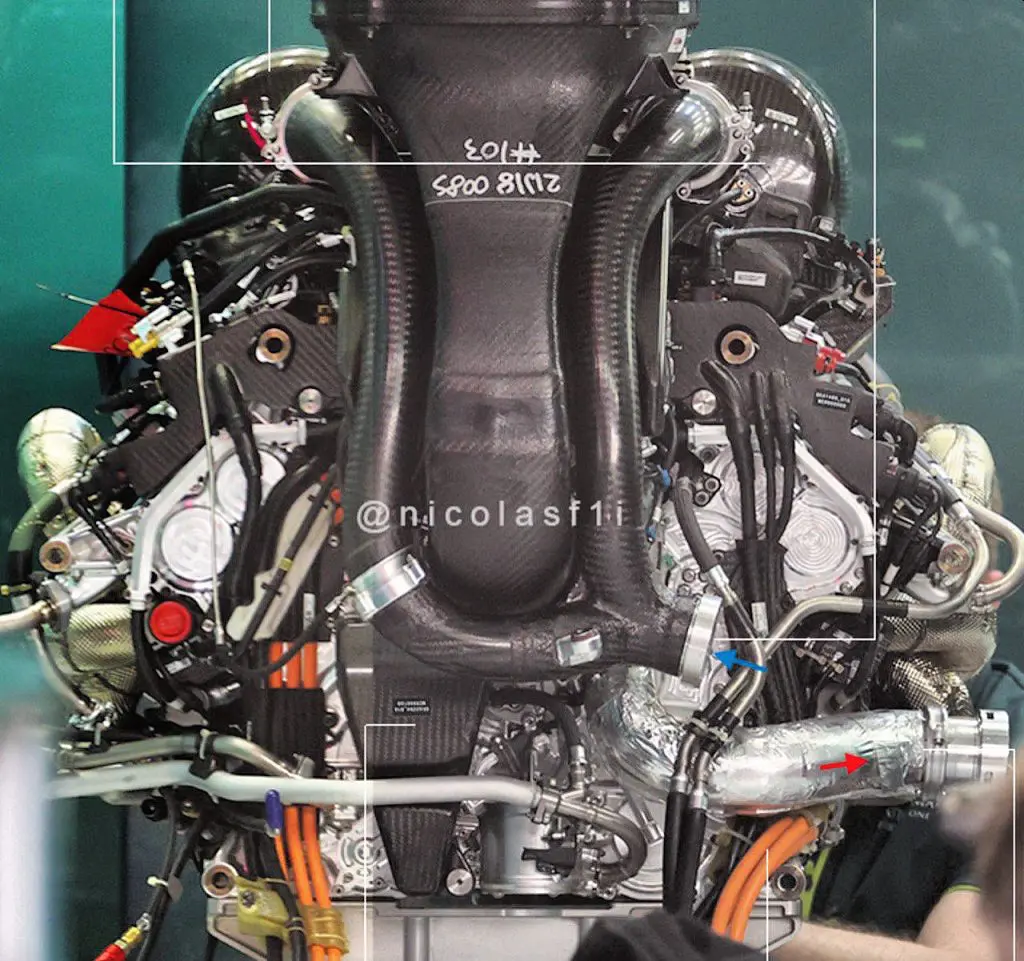
F1 – Mercedes technical analysis: is the German PU illegal?
Let’s reverse it and assume that the Federation, after careful checks, verifies that Mercedes has broken the rules. What could happen? Basically nothing much. Would you be surprised? It would be very complex to impose an ongoing modification of the power unit. If Mercedes were forced to modify the PU, it would have to change, or rather upset, the layout of an important part of its V6. In addition to the exorbitant costs of redesign and consequent production, there would be no time to adapt.
Introducing new power units that would respect the structural shapes and therefore cancel this presumed possibility of cooling temperatures by 10°C, would mean changing the geometry of the plenum and hence its operating range. This would involve creating different new specs for Mercedes, Williams, Aston Martin and McLaren. Definitely a highly unlikely scenario.
On the other hand, it is necessary to underline another evidence: until proven otherwise, Mercedes has always operated within the framework of legality. This is because the German engineers forged the engine with the regulation in hand. A PU which, among other things, has received all the necessary and required technical approvals in a year in which, due to a technical freeze, the checks are more stringent. On the other hand, if the FIA has never found any anomalies and the temperatures recorded by the sensor have not triggered alarms, there is not too much room for the hypothetical Red Bull appeal to be accepted.
There is a precedent that may suggest how the FIA could behave in the event of an ascertained overcoming of the gray area of the regulations: the infamous Ferrari 2019 power unit issue. Although it was a different situation, it was clear that there was an evident imbalance of power between qualifying and the race.
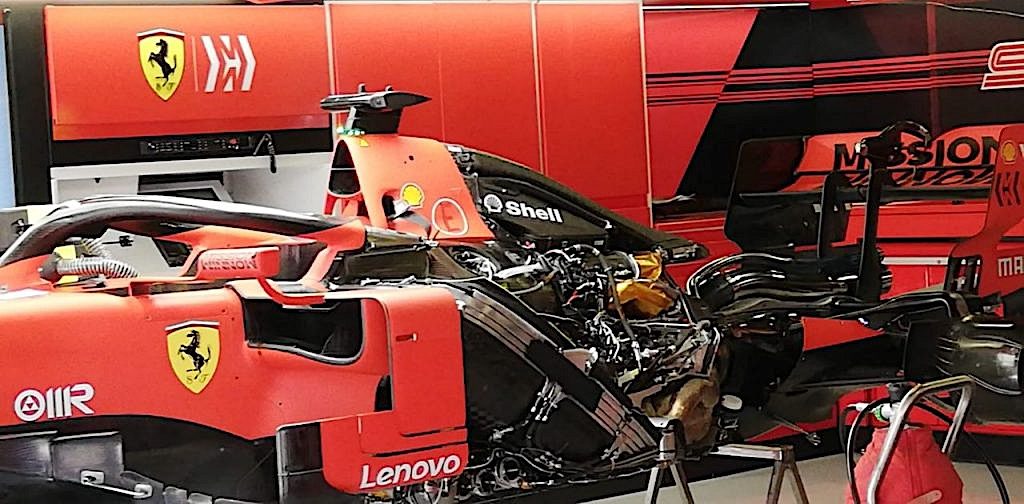
The FIA resorted to various and in-depth checks during the season, finding no evidence to accuse the Italian team. Then, the following year, a week before the tests, an ad hoc directive issued effectively limited engine performance. This may suggest how the FIA “accepted” the solution postulated by Ferrari, which was at the same time capable of evading the controls that became more stringent and caused the loss of efficiency of the engine that literally drove Mercedes’ engineers crazy.
This precedent can tell us that, with the season in full swing, very little could change. Ultimately it could happen, if an unproven irregularity were found to date (it is good to reiterate this so as not to let wrong and misleading messages pass), that the adaptation to the regulations by the Brixworth powertrains department should be done for the following year. However, these were just hypotheses and conjectures as we wait for Red Bull to take a formal step towards the FIA. And that is something that may not even happen at all.
F1-Authors: Alessandro Arcari – @Berrageiz – Diego Catalano – @diegocat1977
Translation by: Beatrice Zamuner – @ZamunerB
Photos: NicolasCarpentiers – Alessandro Arcari

